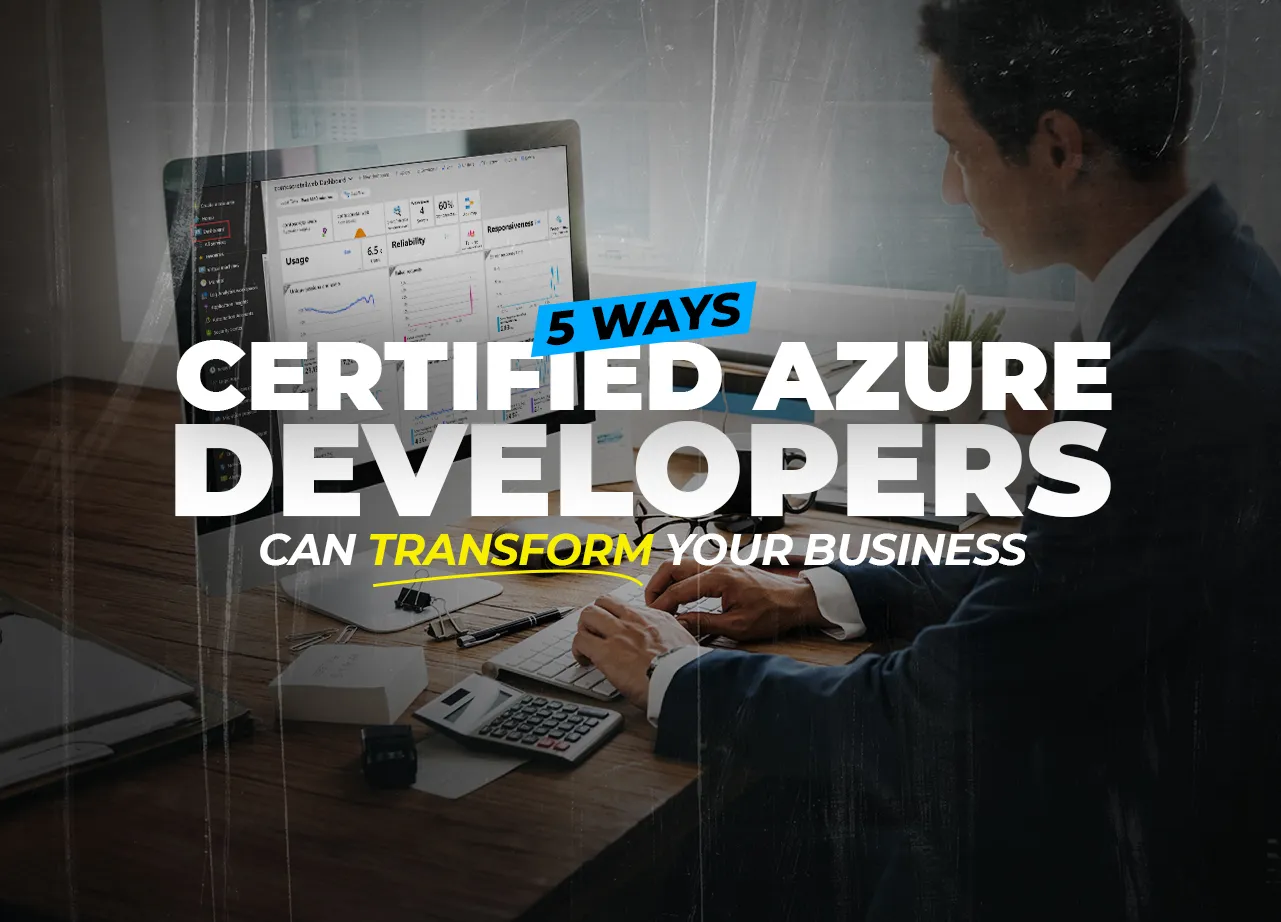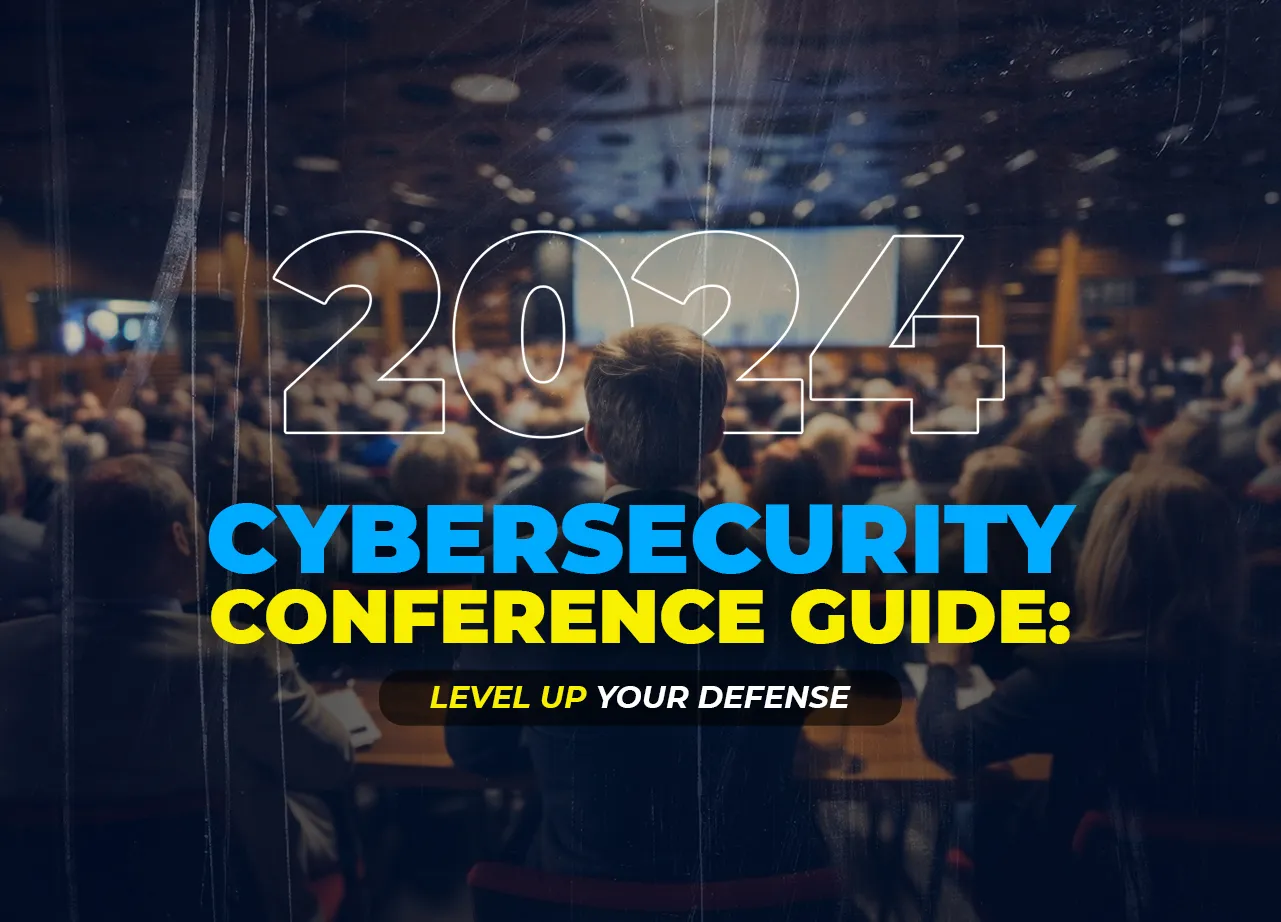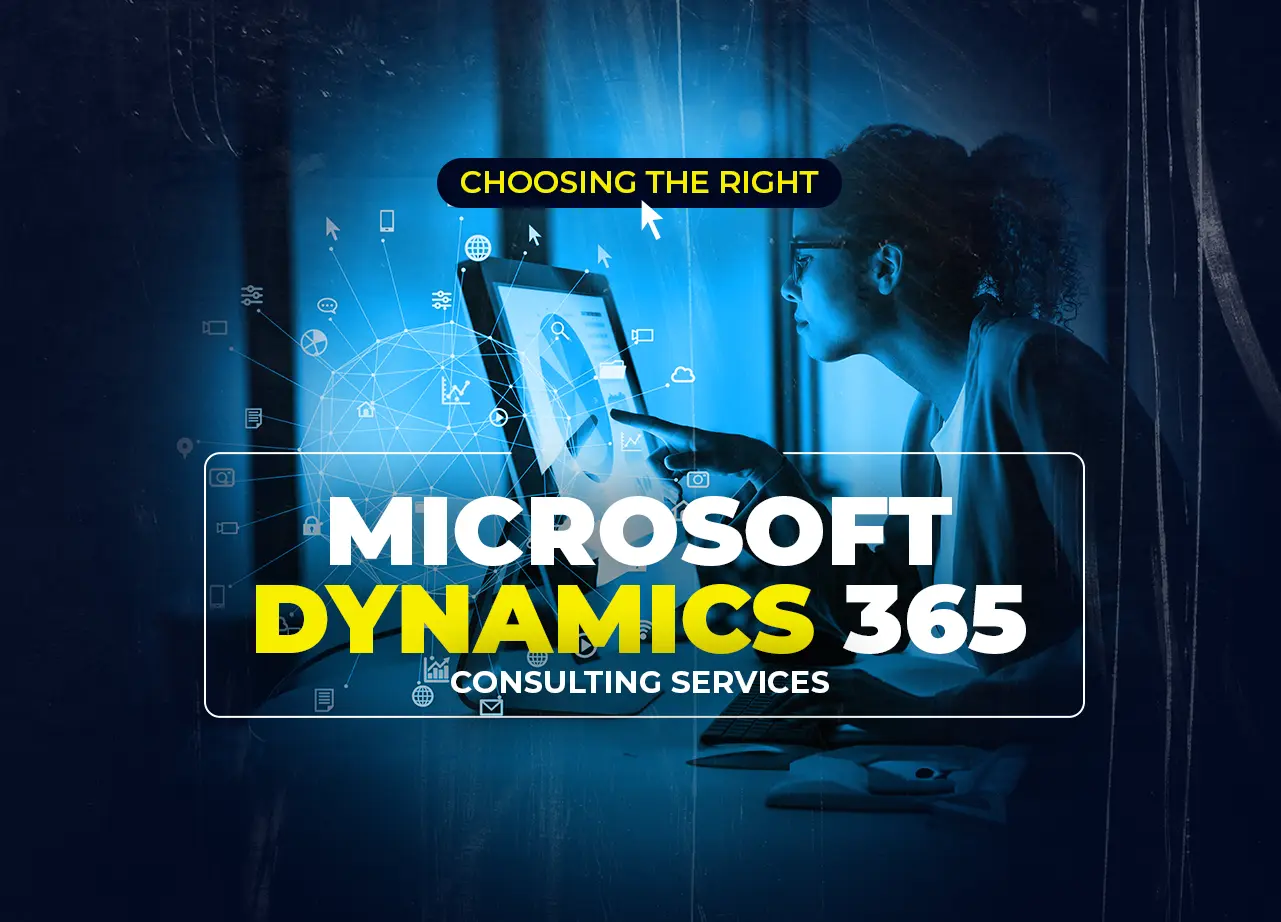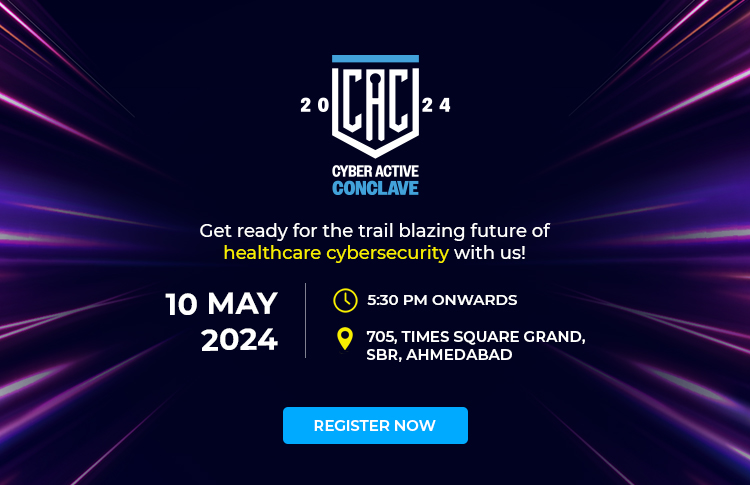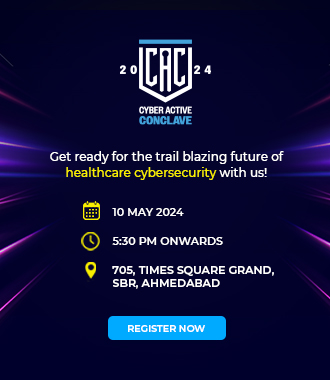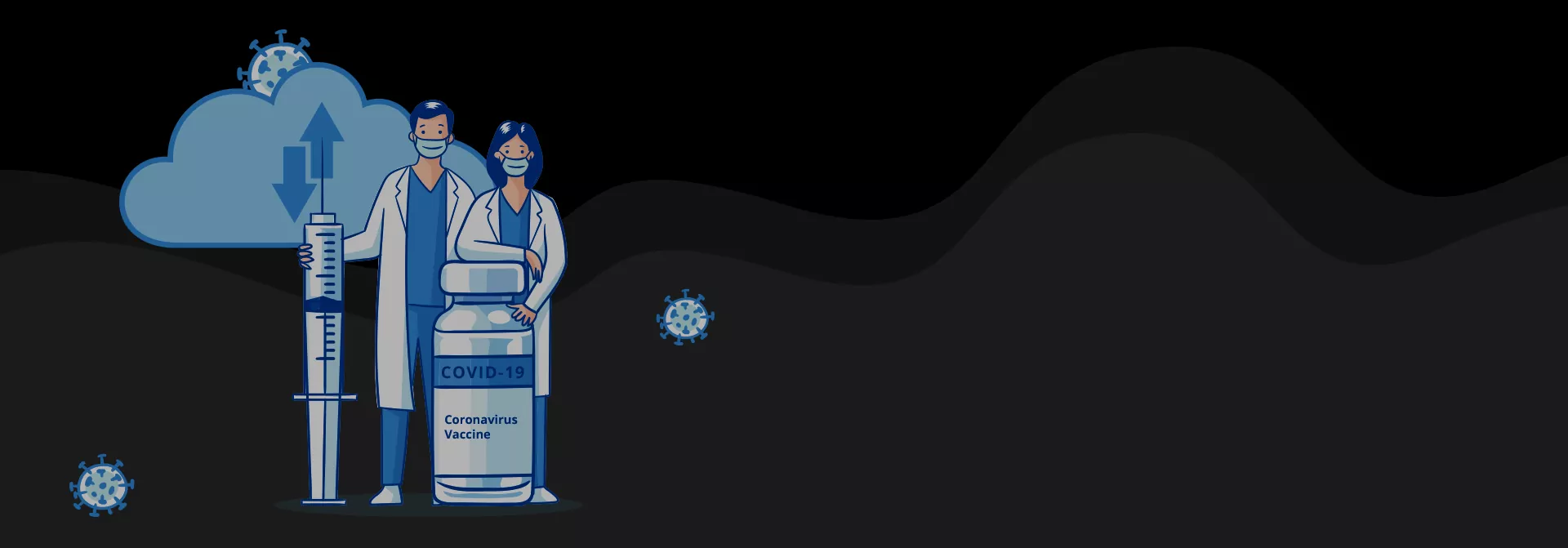
The Covid-19 pandemic has forced consumers to change their behaviors and beliefs about a wide range of day-to-day activities. As a result, organizations also need to revamp their system and way of serving their customers. Undoubtedly, this pandemic has pressured quicker modernizations than expected. Enterprise spending on cloud infrastructure is much more than spending on data center equipment and software programs especially in 2020, on the grounds that the COVID-19 pandemic sped up cloud migration as a substitute for on-premises servers.
In this blog, we will find out the impact of covid on cloud adoption, enterprise modernization, rise demand for remote cloud talents. Also, we will see Gartner’s Recommended best approach to legacy systems modernization and more.
- 73% of enterprises (with 500+ employees) sped up their cloud migration because of the pandemic.
- 48% of all organizations reviewed have sped up their cloud migration plans, 49% have accelerated their IT modernization plans due to Covid-19.
- 32% of large-scale enterprises having more than 500 workers are implementing automation utilizing AI-based tools.
- 81% of enterprises sped up their IT modernization measures because of the pandemic.
Table of Contents
Toggle
Table of Contents
ToggleWhat do you mean by Legacy System?
A legacy system might be different for different businesses. While numerous organizations like to use new software tools and run them on old frameworks, others like to upgrade their applications one at a time. But there are few organizations that are serving their customers with the help of their old software and old systems. A legacy system is an outdated software or hardware that is still in use but not scalable. Also, it becomes an obstacle in getting new business partners, building cloud applications, or other advanced solutions.
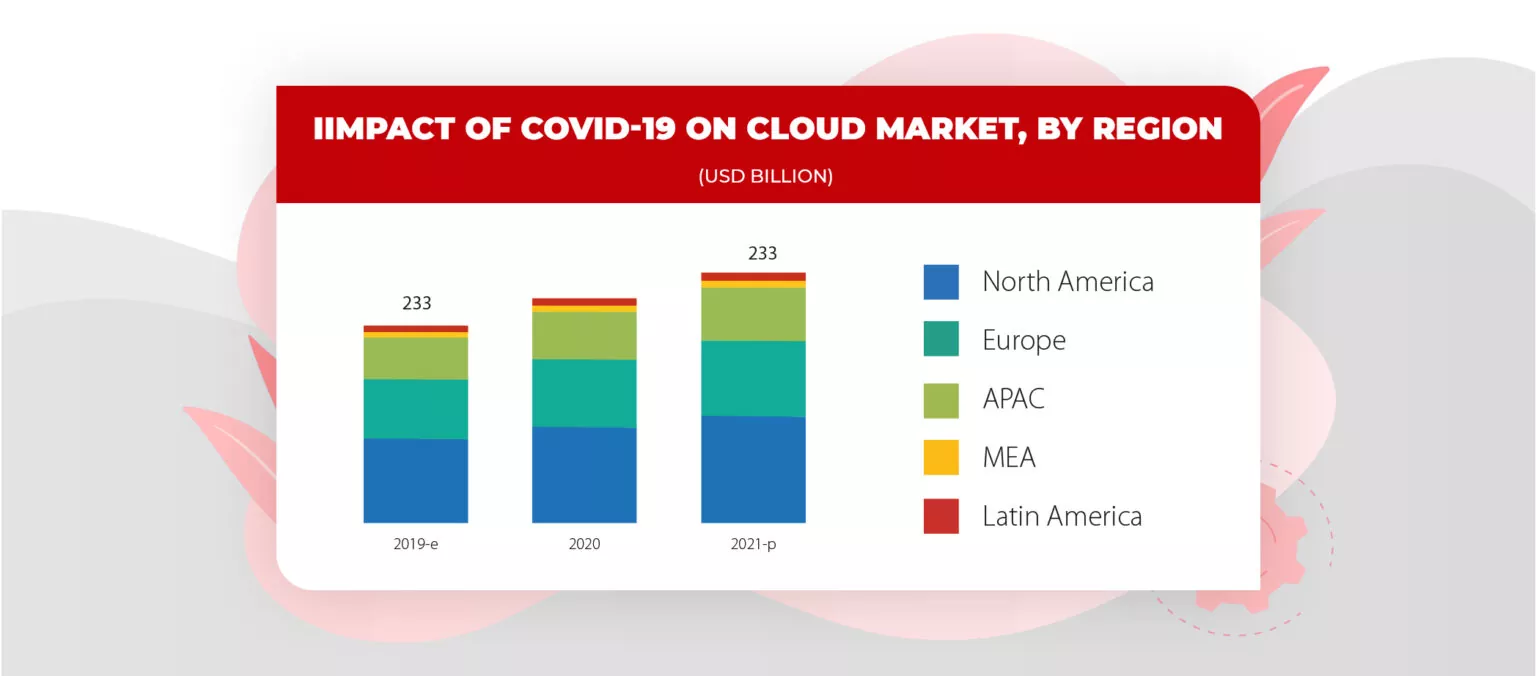
Why modernize Your Legacy System?
Legacy system modernization is not just about updating the system but inviting the whole organization to meet the digital environment. Let’s see why we should modernize the legacy system and How the Pandemic Has Accelerated Cloud Adoption in the below sections.
- Guarantees satisfied clients and more joyful staff by satisfying UX and execution guidelines.
- Create and manage a competitive advantage by finding a solution that will support you stay ahead of competitors and float in the market.
- Delivers trustworthy processes with reduced risks, improves the system’s functioning and performance.
Benefits of Contract Staffing Services
Gartner Recommended the best approach to legacy systems modernizationr
For every business, it’s compulsory to keep updating the set of software and hardware for the sake of growth else they won’t be able to cater to their customer/audience in an expected manner. Here is Gartner’s recommended three-step process to approach legacy system modernization.
Also Read – Must have steps in Cloud Migration checklist
Step1. Use six derivers to analyze and evaluate legacy systems
There are six fundamental drivers for the modernization of your legacy system. These are the issues or worries that the legacy application has made because of its design, functionality, or technology.
Three of these drivers are from a business viewpoint, for example, business esteem, business fit, and agility. Thus, if your legacy system doesn’t meet the new necessities, it should be modernized to fit appropriately and ought to be refreshed to give more business esteem. The system should be agile enough to fulfill advanced business requirements in order to serve customers in a better way and expand the business.
Step2. Evaluate Modernization
When you recognize the issue and loo for the modernization choices. Here are seven alternatives given by Gartner. These alternatives are can be implemented depending on simple execution, the less risk and effect it will have on your system and the business measures, the troublesome, the more risk and effect it will have.
- Improve and expand the application features by epitomizing its information and functions by making them accessible through an API.
- Be it cloud, virtual or physical, rehost the application parts to other infrastructure without changing its code and function.
- You can make little improvements to the code but not the code design, functions, or features to relocate to another runtime platform.
- Rebuild and advance the current code yet not its external behavior to improve non-practical traits and eliminate technical debt.
- Change the code to move it to new application design and endeavor more current abilities.
- Remake the application part without any preparation while retaining its scope and specifications.
- Take out the former application and replace it while considering the new necessities and requirements.
Step3. Choose an approach having the highest effect and value
The last step is to pick the modernization approach by planning the seven modernization alternatives concerning their impact on design, innovation, usefulness, expenses, and risks. It is critical to weigh each to distinguish the degree to which they will all have the ideal impact with less exertion and most extreme positive effect.
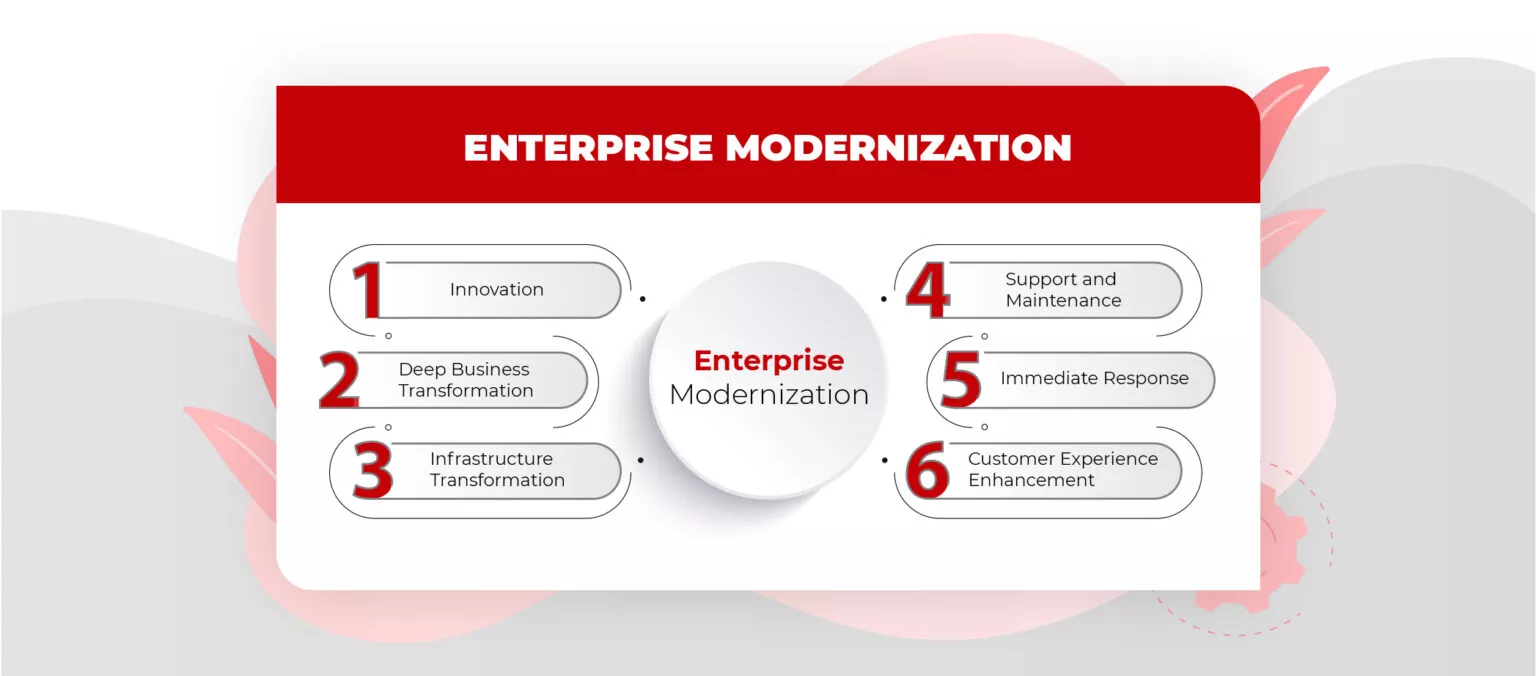
3 Stages of Enterprise Modernization
The pandemic has forced most organizations to modernize their legacy system. However, it’s not possible to do so overnight. Let us see what are the three critical steps involved in enterprise modernization.
Stage 1. Allow Remote Work
Allowing employees to work from anyplace without channeling into legacy on-premises email, cooperation, HR, or doc storage techniques—fundamentally something that may basically be changed to a software-as-a-service (SaaS) option – was the primary step for a lot of CIOs during spring of 2020, on the grounds that the pandemic took grasp of the world and constrained numerous people to set up their home workplaces for the essential time.
With the formalization of remote work, videoconferencing software like Zoom added more new users within the initial two months of 2020 than it had in all of 2019, and by April 2021 it was internet hosting 300 million individuals on daily basis. Utilization of opponent stages also flooded, as Microsoft Groups had 115 million everyday customers within the first quarter of 2021, Microsoft revealed, and Google expressed it had 100 million people signing into Google Meet meetings step by step on the completion of 2020.
“There have been a considerable amount of effects of the pandemic on our cloud strategy. Deployment of collaboration instruments, video conferencing, and chat visits was immensely sped up and exclusively made feasible by the SaaS instruments being set up to utilize and ability being open,” Ian Haynes, CTO for world cloud suppliers at financial institution HSBC, prompted InfoWorld through an email.
Also Read – How to Organize Your Cloud Security Team
Stage2. Seize the Cloud-native Replacement
Once the staff is set up to work from home, numerous IT chiefs will need to keep up their force by driving increasingly more legacy workloads into a predictable cloud utilization model. Not every business can have a single SaaS solution, therefore, large numbers of these business applications carry with them a harder arrangement of choices for engineers and designer prompts make around what to select and move and what to rearchitect for the cloud.
For instance, Nadine Thomson, worldwide CTO at media organization Mediacom, says her architects are now beginning to “revisit to applications which we lifted and moved into the cloud” so they can begin contemplating how to containerize and improve with the goal that they are good for a reason for quite a long time to come.
“Cloud-native has been the scaffold of the COVID era,” said Priyanka Sharma, general manager at the Cloud Native Computing Foundation (CNCF). “The trade-offs are generally a balance between speed, expense, and continuity with functionality, performance, cost benefits, and disruption,” said Gartner analyst Ed Anderson. “Organizations with a low tolerance for risk, limited funds to invest in expensive cloud migration, or that see their migration as the first step toward something bigger in the future are more likely to opt for a simple migration: lift and shift or lift and optimize. Those with funding and tolerance for risk and disruption are likely to take the more progressive route.”
Stage3. Migrate Legacy Apps to the Cloud
The final stage includes shifting long-established legacy workloads to the cloud. It can be about 20-30 years old supply chain residing on mainframes and written on old languages like Cobol. Moving these workloads to the cloud isn’t simple, yet it can be well finished. The UK Department for Work and Pensions (DWP), which is liable for different government assistance, benefits, and kid support installment that fill in upwards of 20 million petitioners per year. Beginning as far back as 2015 and just finished in January 2021, transformation and movement of its Cobol applications to the object-oriented Micro Focus Cobol, facilitated on private cloud workers by Crown Hosting Data Centers, a joint endeavor between the UK Cabinet Office and Ark Data Centers.
Where to find Cloud experts for your modernized Enterprise?
Indeed, cloud adoption accelerated during the pandemic, and as a result demand for cloud, professionals is at its peak. Now, most of the companies have adopted remote work along with cloud adoption. Do you require Cloud staffing urgently for your next dream project? If yes, PeoplActive can surely help you with that. It is a global staffing agency involved in remote cloud staffing and delivers on-demand cloud talents – AWS, Azure, GCP, and Hybrid.
PeoplActive is a platform where you can hire the best cloud talent in the world quickly and easily!
At PeoplActive, you will always get:
– Access to the remote team of top-tier DevOps Engineers in the world.
– Your money to be worth it right from the start.
– Choose only the developers that meet your business needs best.
– 100% dedicated team working on your Azure needs to get it done promptly.
- Hire talent in less than 48 hours.
- Flexible hiring model– hourly or full time.
Assemble your team of Azure talent as you like from our pool of vetted Azure developers and achieve all your goals in quick succession! Rest assured, don’t worry about a thing falling out of place ever again!
